What happens if neither Trump nor Harris can win 270 Electoral College votes?
If neither Donald Trump nor Kamala Harris win 270 Electoral College votes in next week’s presidential election, it would trigger political chaos and an obscure constitutional provision for a ‘contingency election’.
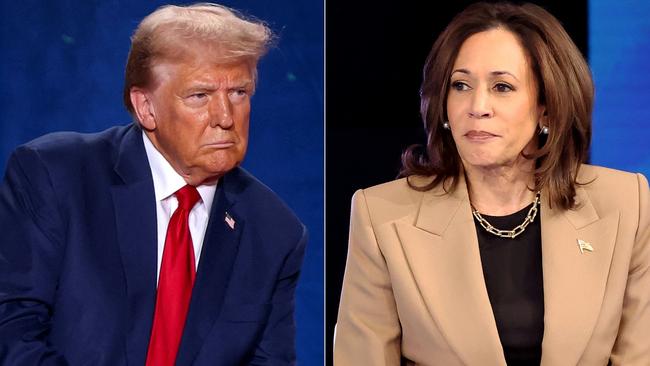
What happens if the closest presidential election in memory ends in a tie?
Because the US president is decided by a majority of votes in what’s known as the Electoral College, this is a distinct, if remote, possibility.
The US, like Australia, was established as collection of, now 50, states, which maintain a powerful influence over the structure and outcome of US presidential elections.
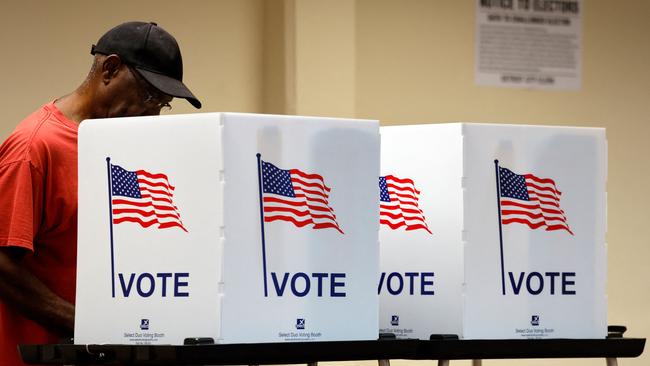
Why doesn’t the popular vote decide the election?
As Americans have well learned following Donald Trump’s victory in 2016 against Hillary Clinton, it’s entirely possible for a candidate (usually Republican) to lose the popular vote, but win convincingly in the Electoral College. Indeed, George W Bush in 2000 also lost the popular vote to Democrat Al Gore, but won the Electoral College.
This is because Republicans historically tend to lose by significant margins the most populous state, California, but enjoy knife-edge wins in a handful of critical ‘swing states’ that result in winning the White House despite a national popularity deficit.
This is also the most likely outcome next week in the historic clash between Donald Trump and Kamala Harris, where the Democratic Party is expected to win the national vote, but possibly lose the election given Trump maintains small leads in six of the seven swing states – Pennsylvania, Arizona, Nevada, Michigan, Wisconsin, Georgia, North Carolina – according to the latest averages of polls by Real Clear Politics.
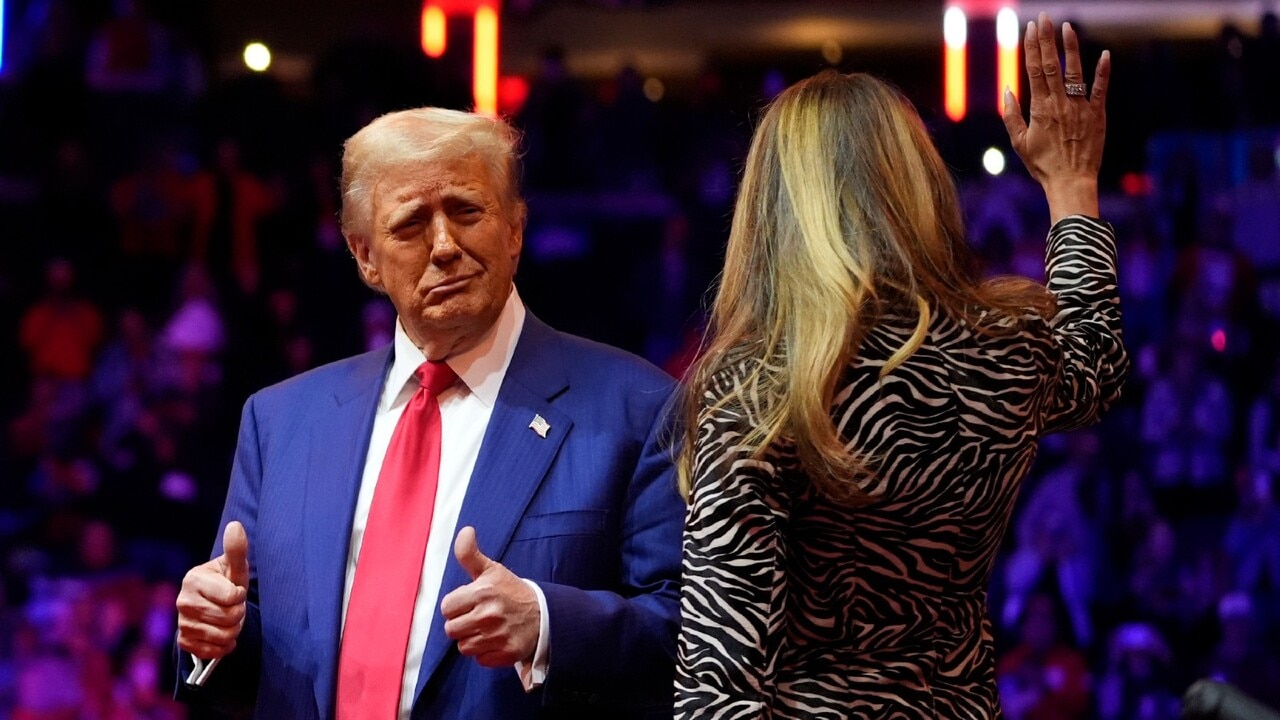
Do all states tally the Electoral College vote in the same way?
In all but two states, Maine and Nebraska, the presidential candidate with the most votes within a given state enjoys all of that state’s electoral college votes. In those two states the electoral college votes reflect the tally of votes within the state. (If all states behaved that way, the ultimate Electoral College vote would practically reflect the national vote.)
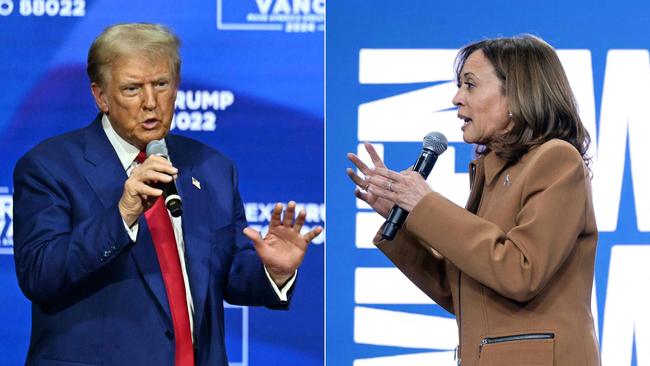
What are the scenarios for an electoral college tie?
It’s a remote possibility that Harris and Trump each manage to win 269 Electoral College votes after election day on November 5, falling short of the 270 required to win an outright majority of the 538 Electoral College votes up for grabs.
For instance, if Harris wins the same states as Biden in 2020, but Trump claws back Michigan and Pennsylvania, they will each end up with 269 votes. The same outcome would arise if Trump brings Michigan, Pennsylvania, Wisconsin, and Nevada back into the Republican fold, but Harris wins North Carolina, which Biden did not in 2020.
If Jill Stein, the Greens leader who is once again running for president, managed to pull off the unthinkable and win electoral college votes, that could hobble Harris or Trump’s electoral college total too.
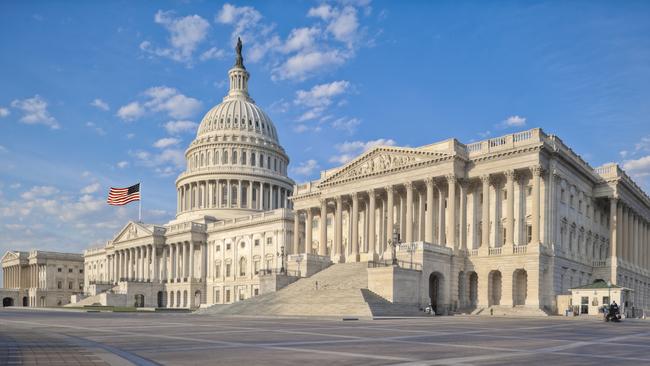
So, what happens then?
In the first instance, shock and political mayhem, of course, and then a very close reading of the US constitution, which lays out precisely how to resolve what it calls a “contingent election” in the 12th amendment.
Then, the incoming House of Representatives would choose the president, and the Senate would choose the vice president. This vote would occur on or after January 3rd when the new congress is sworn in. But it would not be a straight-up vote among the 435 members in the House, which chooses the president, as one might expect.
Each of the 50 states represented in the House would get only one vote. The presidential candidate who manages to enjoy 26 votes or more, in other words a majority of the 50 states, would be elected president.
To spell that out, members of congress from each state would have to work out among themselves how they were going to cast the vote from their state. So, states with a majority of Democratic members of congress would end up with a vote for Harris, while states in the opposite situation would vote for Trump.
That is, California and tiny South Dakota would have the same say. Crazy, you might think, but they are the rules. One can imagine the horror among advocates of abolishing the Electoral College entirely.
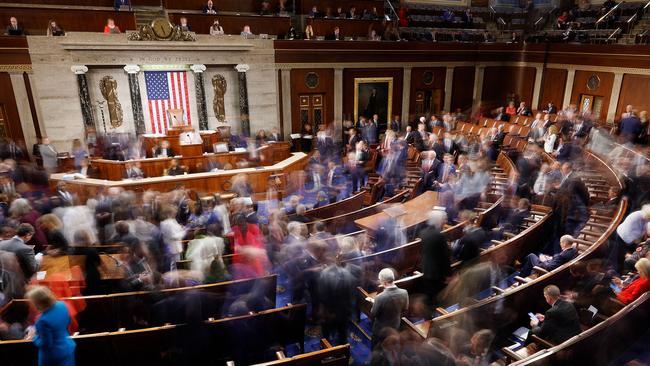
What happens if the states still can’t decide?
In an even more extreme case, if neither Trump nor Harris can obtain the votes of 26 states in the House before inauguration day in late January 2025, the Speaker becomes president until one of them can.
Former independent presidential candidate Robert F Kennedy, as his chances winning dwindled to negligible throughout his campaign, was publicly arguing that he could win a state or two and deny Harris and Trump 270, and thus trigger a contingent election, in which he could have emerged as a compromise candidate.
That’s no longer relevant after he dropped out of the race and the prospect of a 269-each tie, is not unthinkable.
Has the US ever had contingent elections before?
Such contingent elections have occurred twice in US history, in 1825 for the president and then in 1837 for the vice president.






To join the conversation, please log in. Don't have an account? Register
Join the conversation, you are commenting as Logout